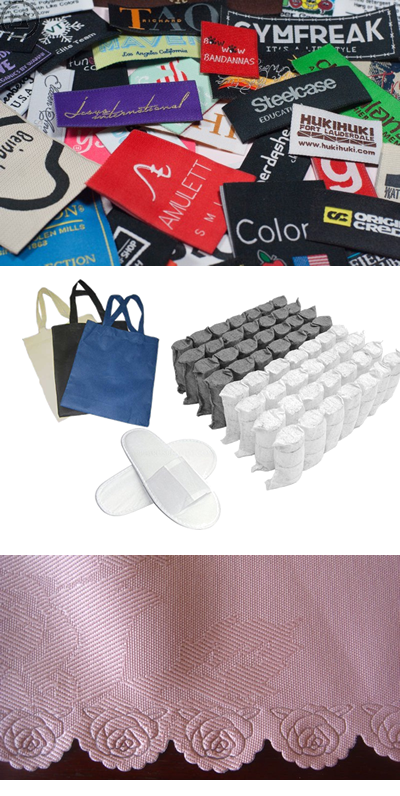For many customers in the textile industry, ultrasonic lamination technology is an important method for the forming and processing of fabric and film materials. Ultrasonic for the textile industry is one of the most significant changes with "seamless" bonding technology to replace the traditional sewing methods.
Materials suitable for the application of ultrasonic processing include 100% synthetic fibers such as nylon, polyester, polypropylene, certain polyethylenes, modified acrylics, certain vinyl compounds, urethane compounds, films, coated paper etc. And synthetic fibers in which about 35 to 50% of the non-synthetic fibers are mixed.
This technique is used for continuous stitching applications, such as the production of protective clothing, blinds or the like for the processing of buttonholes, collar stays, laces. Stand-alone sewing equipment or standard ultrasonic welding machine can accomplish these tasks.
This technique is used for bonding and laminating multilayer reticulated or non-woven synthetic fiber materials. Layes of materials are passed between a rotating roller and horn to form a pattern of proper width. This can be processed without the aid of any chemical binder and other adjuncts. Bedspreads, mattresses, disposable medical supplies, etc. can be processed in this way.
Compair to other methods, ultrasonic cutting forms a smooth, durable, neat edge, and does not cause discoloration of the fabric. Ultrasonic can cut and seam at the same time, to prevent flash of knitting or textile materials. Applications for ultrasonic cutting include cutting carpets, trims, garment labels, curtains, industrial woven belts, etc.
Ultrasonic cutting technology is suitable for textiles and nonwovens containing a certain proportion of thermoplastics, with advantages over mechanical cutting in that the trimming edge does not open, ensures high-quality trimming and eliminates the need for extra trimming or sewing process. Ultrasonic technology is not only used for cutting, but also for embossing, perforating or joining multiple textiles. Whether for manual operation or for automation system, ultrasonic equipments can be used to optimize production process.
